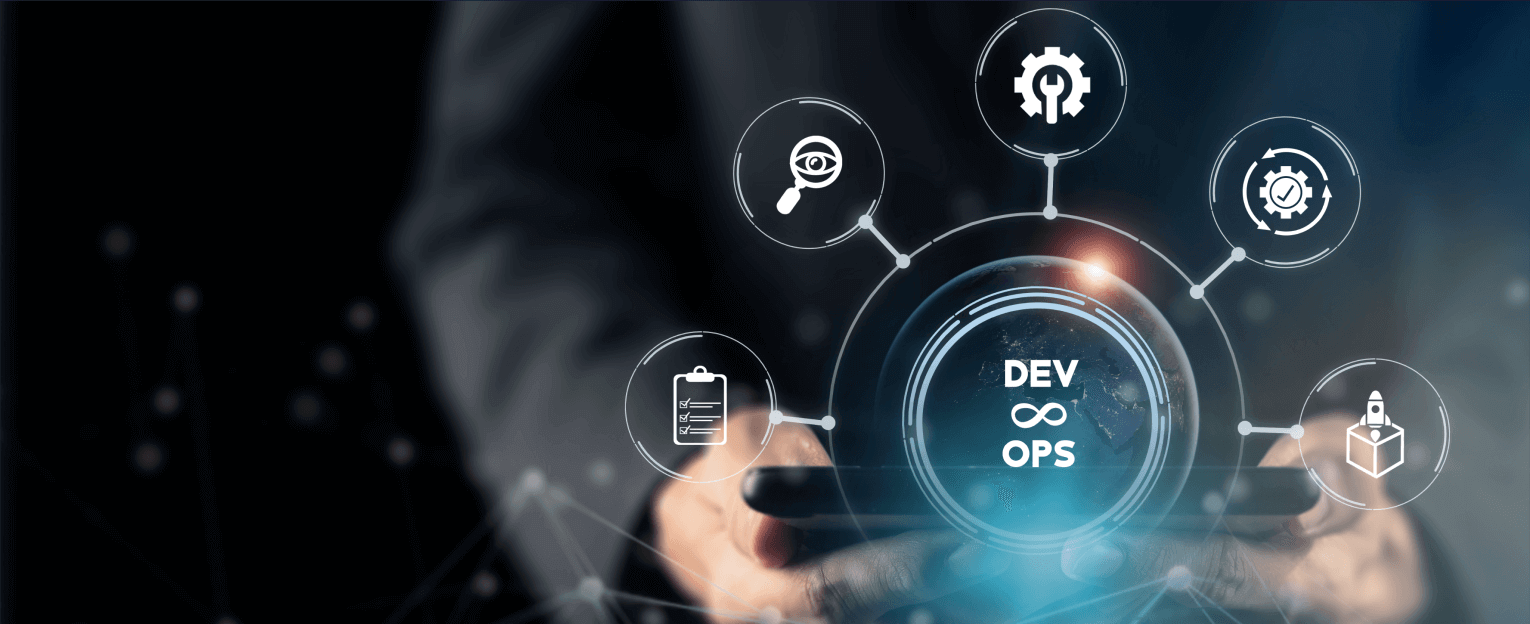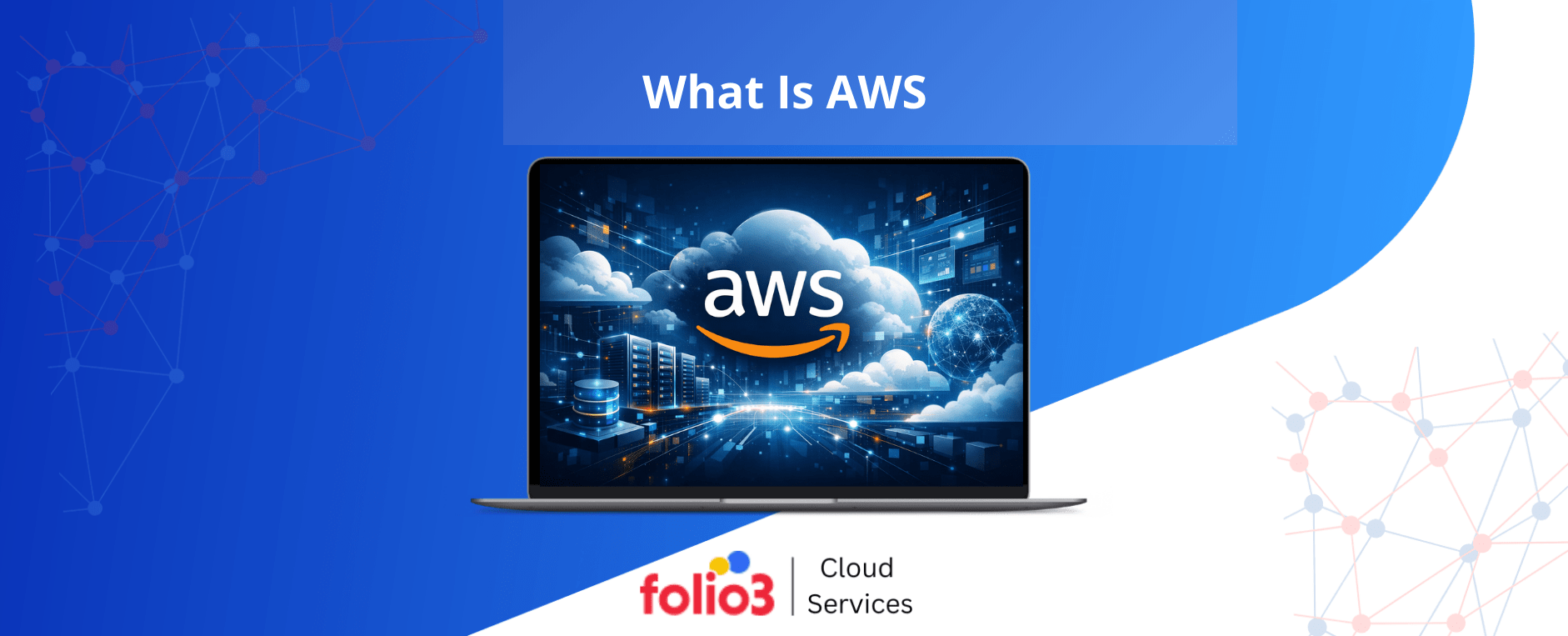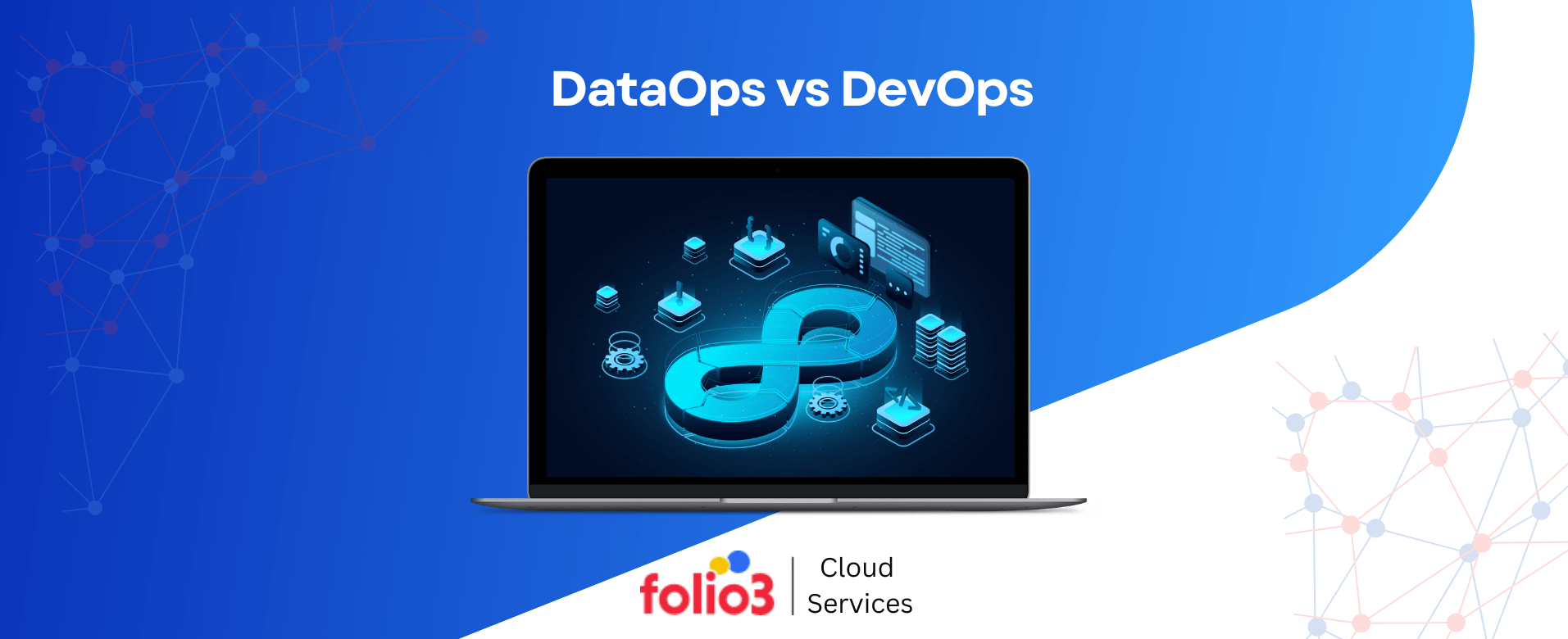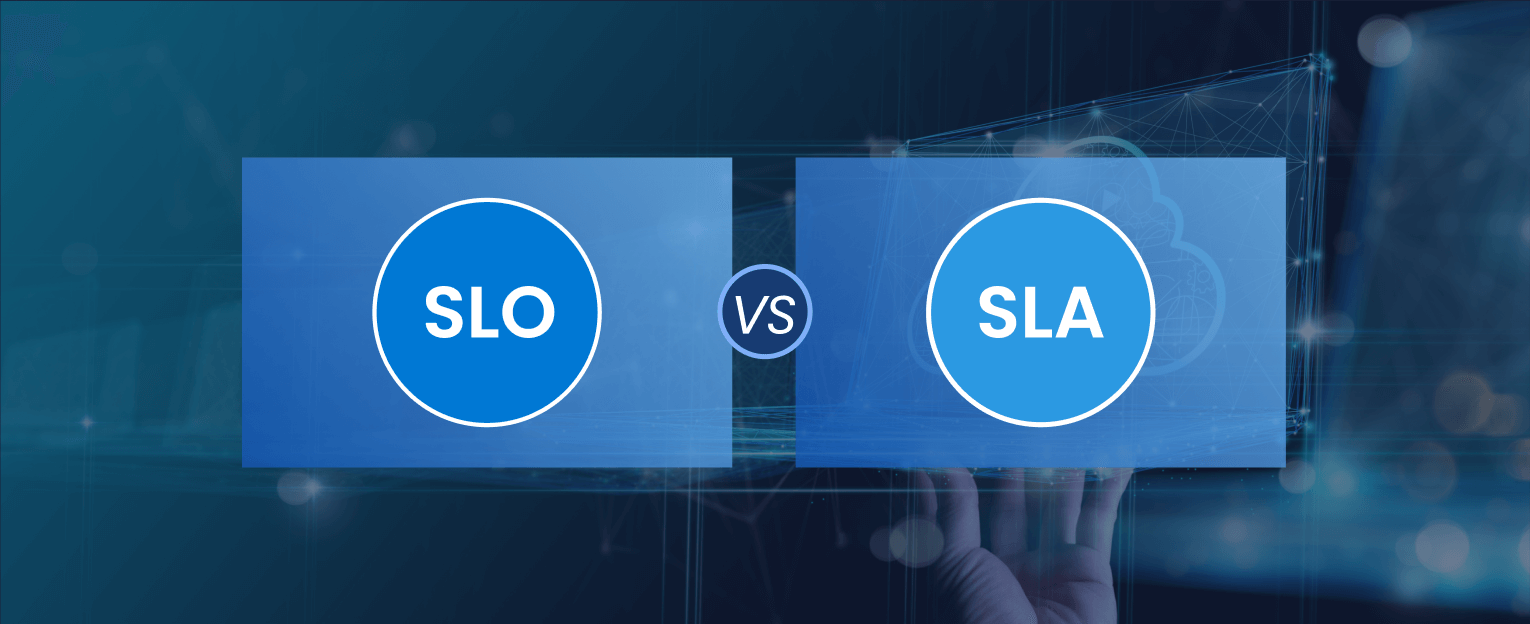In the fast-paced landscape of modern software development, efficiency, collaboration, and agility reign supreme. That’s where DevOps comes in.
It is a cultural and operational philosophy that advocates for close cooperation between development and operations teams to automate and streamline the software delivery process.
As organizations strive to stay ahead in the digital race, the concept of DevOps has evolved beyond a mere methodology into a comprehensive service model known as “DevOps As a Service” (DaaS).
Keep reading this blog to learn more about DevOps As a Service and uncover its definition, principles, and operational mechanisms.
What is DevOps-as-a-Service?
DevOps as a Service (DaaS) is a new paradigm shift in organizations’ Software Development Life Cycle (SDLC). Thus, DaaS is, in fact, the implementation of the DevOps culture, which is focused on collaboration, automation, and constant development, but in the context of cloud services.
This new approach allows organizations to take advantage of cloud computing’s economies of scale, flexibility, and affordability and the culture and practices of DevOps.
In its simplest form, DaaS transforms the interactions between developers and ops into a cloud environment. It takes advantage of cloud computing technology and services, allowing companies to overcome geographical barriers and support collaboration among remote workers.
The transition to the cloud means that a development environment can be easily spun up and torn down as needed, automated testing and deployment can be implemented more efficiently, and the overall approach to software development becomes more nimble.
The core of DevOps as a Service is based on the use of stackable virtual development tools to automate development and operations.
These tools or services, which are often incorporated into cloud solutions, allow teams to improve productivity by automating redundant tasks, optimizing workflows, and speeding up the production of high-quality software products.
In terms of version control and continuous integration, deployment orchestration, and infrastructure management, DaaS is a one-stop solution for managing the software delivery pipeline.

Streamline your workflow with our expert DevOps solutions!
Our expert DevOps solutions help you automate processes, enhance collaboration, and accelerate delivery. Streamline your workflow to achieve greater efficiency and faster time-to-market.
Components of DevOps-as-a-Service:
Critical components of DevOps-as-a-Service include:
1. Cloud Infrastructure
DaaS builds on the cloud to offer elastic computing, storage, and networking resources. Popular cloud services like AWS, Azure, and GCP provide the basis for hosting development environments, testing tools, and the actual applications in the production environment.
2. Containerization and Orchestration
Docker and Kubernetes are the two main types of containers and container orchestration tools widely used in the DaaS model.
Containers package an application with dependencies and configurations to run consistently in any environment.
Container orchestration platforms automate the application of containers, as well as their scaling and management, for enhanced reliability and flexibility.
3. Continuous Integration and Continuous Deployment (CI/CD)
DaaS focuses on using CI/CD best practices that help automate build, testing, and deployment processes. CI/CD pipelines allow developers to integrate code changes, perform the necessary tests, and deploy applications into production stages with little human interaction.
This automation helps to save time and, thus, accelerate software delivery. It also increases the quality of the final product and makes the team work more efficiently.
4. Infrastructure as Code (IaC)
DaaS utilizes Infrastructure as Code to provision and manage cloud infrastructure through scripts or programming.
Terraform and AWS CloudFormation allow teams to describe the infrastructure components, their configuration, and dependencies using code, making it easy to maintain, repeat, and version the infrastructure.
5. Monitoring and Observability
Monitoring and observability play crucial roles in DaaS environments, and these aspects must be addressed appropriately.
A few tools and services that can be used in this regard include Prometheus, Grafana, and AWS CloudWatch, which help teams track and analyze application performance, resource usage, and system health.
This visibility allows for early fault detection, performance monitoring and tuning, and planning for future resource requirements.
6. Security and Compliance
As with other data storage and management solutions, security and compliance are significant concerns in DaaS.
They include identity and access management (IAM), encryption, and compliance controls that enable organizations to secure their information, minimize their exposure to threats, and conform to legal standards.
Additional elements such as automated security scanning, vulnerability management, and incident response strengthen the security of DaaS environments.
DevOps as a Managed Cloud Service
DevOps as a managed cloud service represents a natural evolution in the convergence of DevOps practices and cloud computing technologies.
As organizations increasingly embrace DevOps methodologies to streamline their software delivery pipelines, many also leverage cloud platforms’ scalability, flexibility, and convenience to host their development, testing, and deployment environments.
In this context, DevOps as a managed cloud service encapsulates migrating traditional DevOps tools and processes to a hosted virtual platform, enabling organizations to achieve seamless collaboration, automation, and scalability in their continuous delivery workflows.
Critical characteristics of DevOps as a managed cloud service include:
1. Hosted Development Environments
Cloud platforms are services that provide developers with a means of deploying their applications within a hosted environment where they can write and compile their code.
These environments can be spun up in minutes without requiring much effort from the teams, enabling them to concentrate on their tasks rather than on the infrastructure.
2. Integrated Collaboration Tools
Cloud DevOps enhances the communication between the development, testing, and operations teams by integrating collaboration tools like chat, issue tracking, and code review.
These tools enhance the coordination of different teams, ensuring everyone is on the same page and working towards the same objectives.
3. Automated Deployment Pipelines
Another important DevOps principle is automation, and DevOps in the cloud implies that as much as possible, the deployment process has to be automated.
Continuous integration (CI) and continuous deployment (CD) are processes that automate the building, testing, and deployment of code to eliminate the need for human activities and save time.
4. Scalable Infrastructure
Cloud-based infrastructures provide flexibility, allowing an organization to expand or reduce the use of the provided infrastructure.
This scalability ensures that applications can accommodate changes in traffic and workload while avoiding compromising performance, thus allowing organizations to provide a consistent customer experience.
5. Managed Services
Many cloud providers provide managed services, where they manage the organization’s infrastructure.
These managed services encompass database hosting and management, containerization, and serverless computing, enabling businesses to concentrate on developing and delivering differentiated services rather than worrying about the underlying infrastructure.
How does DevOps as a Service work?
DevOps as a Service (DaaS) operates on the principle of outsourcing the expertise and infrastructure needed to implement and manage DevOps practices effectively.
It provides access to experienced professionals who utilize the tools, processes, and strategies to effectively implement and manage DevOps practices.
By collaborating with your team, implementing DevOps solutions, and outsourcing expertise, DaaS providers enable your organization to accelerate application development, deployment, and monitoring while achieving your business goals.
Pros and Cons of Using DevOps as a Service
DevOps as a Service (DaaS) presents a compelling solution for organizations seeking to streamline their software delivery processes and enhance operational efficiency.
While DaaS offers numerous benefits, such as access to expertise, cost savings, and scalability, it also comes with its own set of challenges. For teams working in real-world environments, DevOps challenges can feel daunting, especially when it comes to managing complex integrations, automating workflows, or ensuring continuous delivery without sacrificing quality.
Let’s explore the key pros and cons of adopting DevOps as a Service, helping organizations make informed decisions about leveraging this innovative approach to DevOps implementation:
DevOps as a Service Pros
1. Access to Expertise
One advantage of utilizing DevOps as a Service is training a team to practice and implement the DevOps culture. This can ensure that the proper practices are embraced during the implementation of DevOps in your organization.
2. Cost Savings
In this case, the cost aspect should not be ignored since the DevOps function can be outsourced to a third party, which is cheaper than establishing an internal DevOps team.
Businesses must understand that DaaS providers have been known to offer a flexible pricing model; this means that you will pay only for what you need at any one time.
3. Scalability
These solutions are scalable so that they can be adjusted to fit your company’s needs as it expands. Daas providers can easily control the level of services that need to be offered to a particular company, whether a start-up or a big corporation.
4. Faster Time-to-Market
With the services and support a DaaS provider offers, an organization can improve its software development and delivery process. DaaS can simplify processes and automation, making it to roll out new features and updates quickly.
5. Focus on Core Business Activities
It is because when you outsource your DevOps, your internal resources are free to focus on core business activities rather than bother with managing the environment and the intricacies of deployments.
It can help improve efficiency and assist your organization in better controlling the use of its resources.
DevOps as a Service Cons
Dependency on Service Provider: Thus, by choosing a third-party DaaS provider and utilizing its services, one would be relying on the service provider’s knowledge and efficiency. If the service provider has an outage or problems, this can be detrimental to your organization’s operations.
1. Loss of Control
When DevOps is outsourced, there is a risk that some tasks will be beyond the organization’s control. Hence, organizations need to consider how much power they are willing to share, which must align with objectives.
2. Security and Compliance Concerns
Sharing sensitive data and infrastructure with a third-party service provider raises security and compliance concerns. Organizations must thoroughly vet DaaS providers to ensure they adhere to industry standards and regulations regarding data protection and privacy.
3. Integration Challenges
Some issues may arise when incorporating DaaS solutions into current work processes, tools, and systems, especially if the two do not work well together or need modifications.
For this reason, organizations need to evaluate the appropriateness of DaaS solutions for integration into their environments.
4. Cost Considerations
DaaS can be cheaper than hiring an internal DevOps team, but the total cost of ownership should be considered, including subscription and support costs and other possible expenses.
For this reason, it becomes crucial to perform a cost-benefit analysis to assess the potential financial impacts of implementing DaaS in the long run.
How is DevOps different from SRE?
DevOps and SRE are both derivatives of efforts to address the divide between the development and operations teams and improve software delivery. Nonetheless, they are not identical in their approaches and areas of concern, even though they have the same objectives and values.
Similarities
- Holistic Software Lifecycles: DevOps and SRE both promote the concept of considering and integrating the entire software life cycle.
- Faster Product Release Timelines: DevOps and SRE are strategies that seek to hasten the delivery of software products to the market so that organizations can efficiently meet market demands.
- Emphasis on Collaboration: Another key practice based on collaboration between development, operations, and other teams involved in the process is the DevOps and SRE approach.
- Removal of Organization Silos: DevOps and SRE both try to eliminate the barriers within the organization and encourage communication and cooperation between different departments.
- Principles of Shared Responsibility: DevOps and SRE ideals foster a culture of shared responsibility, and hence, every team member should take time to ensure that the systems they develop and maintain are reliable and performant.
Differences
- Focus: DevOps is a cultural approach to software development that aims to integrate all the elements of the development process, including the artistic, organizational, and technical aspects, with a focus on collaboration and automation of the delivery process.
On the other hand, SRE is more specific since the main goal is maintaining the stability and expandability of systems and services, especially when they grow.
- Practical Application: DevOps refers to the approach and governance of culture and practice of organizational culture. SRE is more specific regarding applying and using these principles to ensure the reliability and performance of systems and services in a production environment.
- End-User Experience: Although DevOps is a holistic approach encompassing the entire software delivery pipeline from development through testing, deployment, and monitoring, SRE is more centered on the end-customer experience and the relationship between system availability and user satisfaction.
- Scalability: SRE is mainly concerned with managing the reliability and performance of systems as they scale, addressing issues related to resource utilization, latency, and service availability.
The DevOps-as-a-service Pipeline
The DevOps-as-a-Service (DaaS) pipeline is a comprehensive framework comprising eight distinct stages, each geared towards continuously building and deploying code to maximize value for the end customer.
This pipeline operates within the ethos of DevOps, visualizing the process as an infinite loop where continuity fosters collaboration and continual improvement.
Let’s delve into each stage of the DevOps-as-a-Service pipeline:
1) Plan: The process begins with planning, where teams outline project goals, define requirements, and establish timelines. This stage sets the foundation for the entire development and deployment process.
2) Code: In the code stage, developers write and commit code changes to a version control system like Git. Collaboration tools facilitate communication and coordination among team members working on different aspects of the codebase.
3) Build: The build stage involves compiling code, running automated tests, and packaging the application for deployment. Continuous integration tools like Jenkins or Gitlab Actions automate the build process, ensuring that changes are integrated smoothly and efficiently.
4) Test: Testing is a critical stage in the DevOps pipeline, where automated tests are run to validate the application’s functionality, performance, and security. Continuous testing tools enable rapid automation of tests, reducing manual effort and accelerating feedback loops.
5) Deploy: Once code changes pass the testing phase, they are deployed to development, staging, or production environments. Deployment automation tools like Docker and Kubernetes streamline the deployment process and ensure consistency across environments.
6) Operate: The operating stage involves monitoring and managing the deployed application in production. Monitoring tools collect metrics and logs to detect issues and ensure optimal performance and reliability.
7) Monitor: Continuous monitoring is essential for identifying and resolving real-time issues. Monitoring tools provide insights into application performance, resource utilization, and user behavior, enabling teams to proactively address issues and optimize performance.
8) Feedback: The feedback stage completes the loop by gathering feedback from end users, stakeholders, and operational metrics. This feedback informs future iterations and improvements to the application, driving continuous innovation and enhancement.

Streamline your workflow with our expert DevOps solutions!
Our expert DevOps solutions help you automate processes, enhance collaboration, and accelerate delivery. Streamline your workflow to achieve greater efficiency and faster time-to-market.
Conclusion
DevOps emerges as a beacon of efficiency, collaboration, and agility in the fast-paced modern software development industry.
As a cultural and operational philosophy, DevOps advocates for seamless collaboration between development and operations teams, automating and streamlining the software delivery process.
Evolving beyond a mere methodology, “DevOps As a Service” (DaaS) encapsulates this ethos into a comprehensive service model. By leveraging cloud computing’s scalability and DevOps principles, DaaS empowers organizations to manage their software delivery pipelines efficiently.
With its unique tools and processes, DaaS facilitates seamless collaboration, automation, and scalability, driving continuous innovation and value delivery for end customers.














